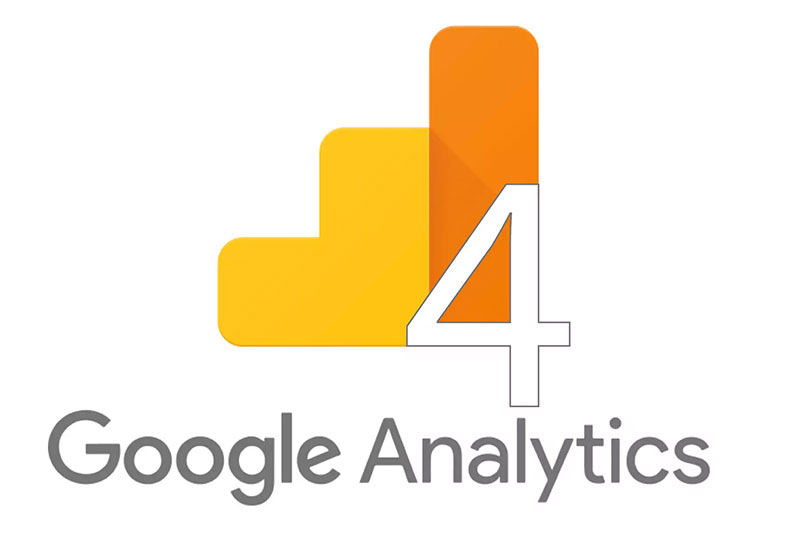Unlocking the Power of Google Analytics

Unlocking the Power of Google Analytics: Unveiling the Secrets of Data-Driven Insights
Introduction: In the digital era, understanding user behavior and making data-driven decisions are paramount for businesses of all sizes. Whether you own a small blog or manage a multinational corporation, Google Analytics has become an indispensable tool for unlocking valuable insights about your website’s performance. In this blog post, we’ll delve into the world of Google Analytics and explore its incredible potential for optimizing your online presence.
- What is Google Analytics? Google Analytics is a free web analytics service provided by Google that allows website owners and marketers to track and analyze website traffic, visitor behavior, and overall website performance. It provides a comprehensive set of tools and reports that help you understand how users find and interact with your website.
- Key Features and Benefits: a) Real-time Data: Google Analytics provides real-time data, giving you immediate insights into your website’s performance and visitor activities. b) Audience Analysis: Understand your audience demographics, interests, and behavior patterns to tailor your content and marketing strategies accordingly. c) Traffic Sources: Identify which channels drive the most traffic to your website, such as organic search, social media, referrals, or paid campaigns. d) Conversion Tracking: Set up goals and track conversions, whether they are sales, newsletter sign-ups, or any other desired actions. e) Behavior Analysis: Dive deep into user behavior on your website, including page views, session duration, bounce rate, and more, to optimize your site’s user experience. f) E-commerce Tracking: If you run an online store, Google Analytics provides detailed insights into your sales performance, conversion rates, and product popularity. g) Customization and Integration: Tailor Google Analytics to your specific needs by creating custom reports, segments, and goals. It also seamlessly integrates with other Google products like Google Ads and Data Studio.
- Setting Up Google Analytics: a) Create an Account: Sign up for a Google Analytics account and generate a unique tracking code for your website. b) Install the Tracking Code: Place the tracking code on every page of your website to collect data accurately. c) Configure Goals and E-commerce Tracking: Define goals and e-commerce tracking to measure conversions and sales effectively. d) Enable Enhanced E-commerce (if applicable): For online stores, enabling Enhanced E-commerce provides deeper insights into the customer journey, product performance, and shopping behavior.
- Navigating the Google Analytics Interface: a) Overview: Get a high-level summary of your website’s performance, including sessions, page views, bounce rate, and conversion rate. b) Audience: Explore your audience’s demographics, interests, locations, devices, and other key attributes. c) Acquisition: Understand how users are finding your website and which channels are driving the most traffic. d) Behavior: Analyze user behavior on your website, including popular pages, exit pages, and site speed. e) Conversions: Track goal completions, e-commerce transactions, and measure the effectiveness of your marketing campaigns.
- Leveraging Advanced Features: a) Custom Dashboards: Create personalized dashboards with the most important metrics and reports for your business. b) Segmentation: Segment your data to analyze different subsets of your audience and compare their behavior. c) Multi-Channel Funnels: Understand the full path users take before converting, taking into account multiple touchpoints and channels. d) Attribution Modeling: Attribute conversions to different marketing channels to evaluate the effectiveness of your campaigns. e) Data Studio Integration: Visualize and share your Google Analytics data using Google Data Studio to create interactive reports and dashboards.
Conclusion: Google Analytics has revolutionized the way businesses understand their online presence. By leveraging the power of data, website owners and marketers can make informed decisions, optimize their strategies, and drive better results. Whether you’re a beginner or an advanced user, Google Analytics offers a wealth of features and insights that can transform your digital presence. So, dive into the world of Google Analytics, unlock its potential, and take your website to new heights of success.